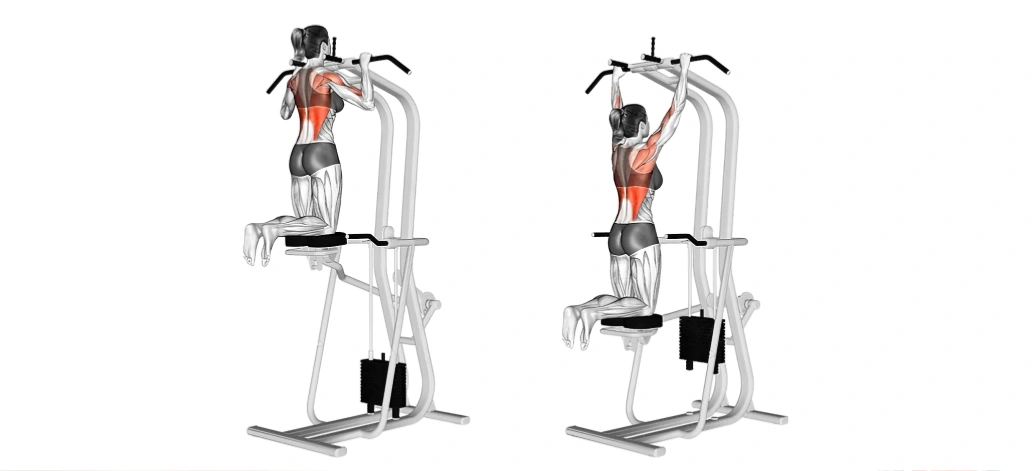
How to use assisted pull up machine? I used to wonder the same thing. Pull-ups looked cool—but I just couldn’t do one. Not even half. Just hung there, feeling stuck.
Then I noticed that big machine with the knee pad. The pull up assist thing. I walked past it a bunch of times, honestly. Had no clue how it worked. Looked awkward. A little intimidating, even.
But one day, I just gave it a shot. And yeah—game changer. Suddenly, I could actually train the movement, without feeling useless.
If pull-ups feel impossible, trust me—I’ve been there. This machine helped me get started without feeling like a total failure.
I’ll show you exactly how I used it, no fluff, no guessing.
The assisted pull up machine? It’s basically a pull-up helper. That’s how I see it.
It’s this big machine with a knee pad (or sometimes a foot platform) that lifts part of your body weight, so you don’t have to pull up everything by yourself. You pick how much help you want, hop on, and start pulling.
Simple as that.
What it helped me with
Where I felt it
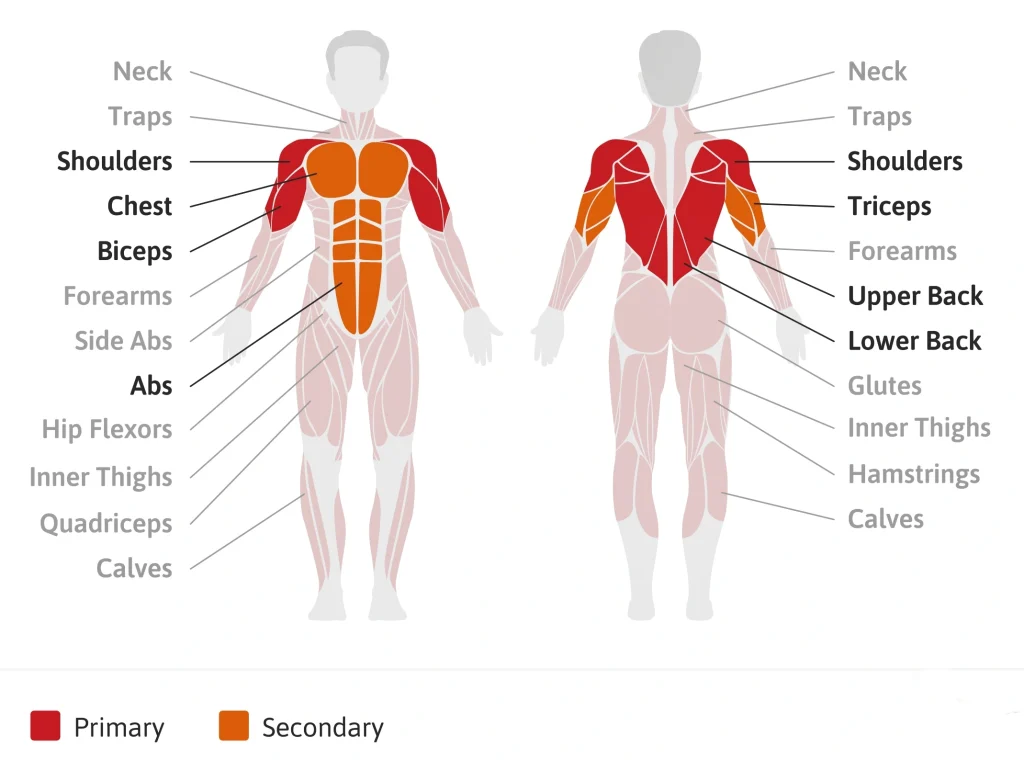
How to use assisted pull up machine? I had no clue at first. Just messed around until it clicked. Now I’ve got a routine that works.
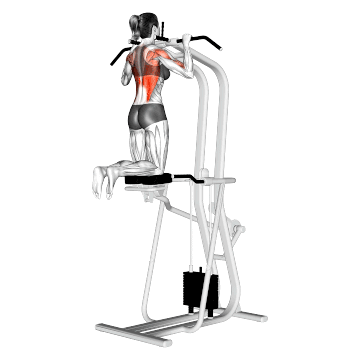
1. I set the assist pull up machine weight
More weight = more help.
I usually start with 70–80 lbs—enough to get the motion right.
If it’s a good day, I’ll dial it down to 50.
Honestly, I used to feel kinda lame using this machine—but now I know it’s just part of getting stronger.
2. I step on slow and steady
One foot on the side platform, hands on the handles.
Then I shift my weight and kneel onto the pad—smooth, no jumping.
I’ve rushed before. Almost flew off. Never again.
3. I grab the handles with purpose
Wide grip, palms out—hits my back best.
If I want to burn my arms more, I go closer, palms in.
Either way, I grip tight and stay centered.
4. I pull with control
Breathe in. Core tight. Smooth pull.
Chin to bar—or close.
Then I lower slow. That’s where it burns: lats, biceps, even core.
I go for 4 sets of 8–10 reps. Clean form matters more than numbers.
5. I get off carefully
Let the pad lift me a bit.
Still holding the handles, I step off one foot at a time.
❌ No jumping. I’ve almost slipped before. Lesson learned.
Going slow, staying tight—that’s when this machine really started working for me.
When I first started using assisted pull up machines, I made pretty much every mistake you can think of. Some were just awkward. Others? Straight-up dangerous.
Here’s what went wrong—and what I wish someone had told me sooner:
| ❌ Common Mistake | ✅ How I Avoid It |
|---|---|
| Too little assist weight | I started too heavy at first, then slowly reduced as my form improved. No ego. |
| Dropping too fast | I learned to slow down the descent. That’s where real strength kicks in. |
| Letting knees swing | Now I keep my core tight and legs steady. No wild flailing. |
| Rushing the reps | I stopped caring about looking strong. Clean, controlled reps > fast ones. |
| Jumping off the machine | I always step off slowly now. One foot at a time, still holding the handles. |
I still mess up sometimes. But catching these made a huge difference in how I train—and how confident I feel using the machine.
When I started, I knew I couldn’t just wing it every time. So I gave myself a simple plan—nothing fancy, just something I could stick to and build on.
I trained assisted pull-ups about 2–3 times a week, depending on how sore I was. Rest days were key—my back and arms needed that break.
Here’s what the first six weeks looked like:
| Week(s) | Assist Weight | Sets × Reps | Focus |
|---|---|---|---|
| 1–2 | 80 lbs | 4 × 10 | Get the feel, control the motion |
| 3–4 | 70 lbs | 4 × 10 | Stability and clean form |
| 5–6 | 60 lbs | 4 × 8–10 | Strength with less help |
I tracked everything in my phone—just assist weight and reps. Nothing fancy. But seeing the assist number go down felt like a win every time.
My goal wasn’t to rush it. I just wanted to reduce the assist bit by bit until I could do one clean pull-up on my own.
It took a few months, honestly. But this plan? It got me there.
Some days the machine was taken. Some days I just wasn’t feeling it. So I had backup moves—stuff that still hit the right muscles and helped me get stronger.
✅Lat Pulldown
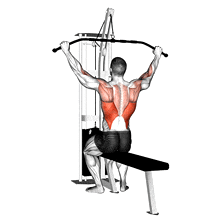
I used this a lot when I couldn’t do a single pull-up.
I’d sit down, grab the bar wide, and pull it to my chest.
Same motion, just way more controlled. It helped me learn what pulling with my back felt like.
✅Negative Pull Ups
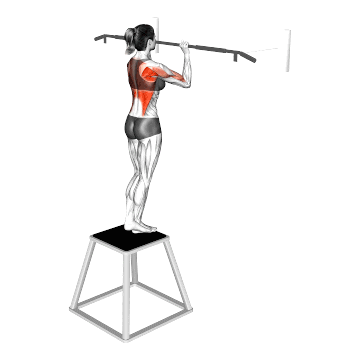
I’d step up to the bar, jump to the top, then lower myself as slow as I could.
Those few seconds coming down? Brutal. But they worked.
Even when I couldn’t pull up, I could still train the lowering part—and that made a big difference.
✅Inverted Rows
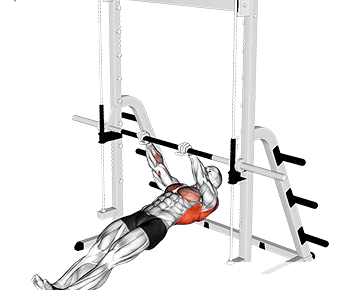
If I couldn’t get to the assisted pull-up bar, I’d find a low bar or TRX straps and do rows under that.
Feet on the ground, body straight, pull my chest up.
I liked these because I could change the angle to make it easier or harder.
✅Seated Cable Rows
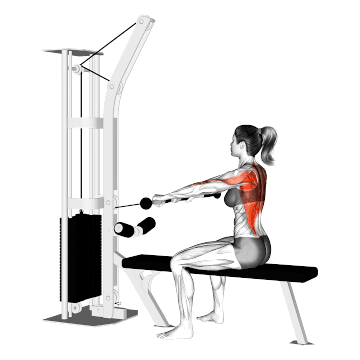
I did these to build more control in my back.
I’d sit tall, grab the handles, and pull toward my stomach—no swinging.
It taught me how to move with control, which actually helped with my pull-ups later on.
✅Bent-Over Rows
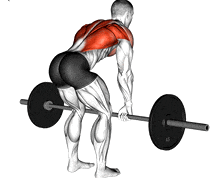
This was my heavier back day move.
I’d bend forward with a barbell or dumbbells and row to my ribs.
It hit everything—lats, arms, core. And it made me feel strong.
I used to think pull-ups just weren’t for me. Too hard, too frustrating.
But once I found the pull up assist machine—and actually learned how to use it—it changed everything.
I stopped feeling stuck. I started getting stronger.
Not overnight, but for real.
If you’re where I was, don’t overthink it.
Just start. Use the machine. Use what helps.
And show up again next time.
That’s how it builds.
I’m Jessica Camp, a passionate fitness enthusiast and the creative force behind Inpek Fitness’s content. With over a decade in the fitness industry, I combine my expertise in exercise science with a deep knowledge of commercial gym equipment. I’m dedicated to promoting health and wellness by sharing valuable tips, training techniques, and the latest trends in Pin Loaded Machines, Plate Loaded Machines, Multi Function Gym Machines, Gym Multi, and Free Weights. Whether you’re a gym owner or a fitness enthusiast, my articles are crafted to inspire and empower you to reach your fitness goals. When I’m not writing, I love working out and exploring innovative fitness solutions.
Looking to enhance your gym with premium equipment? Have inquiries or ideas? Complete the form below to engage with our expert team. We’ll work with you to realize your fitness facility goals efficiently and effectively.